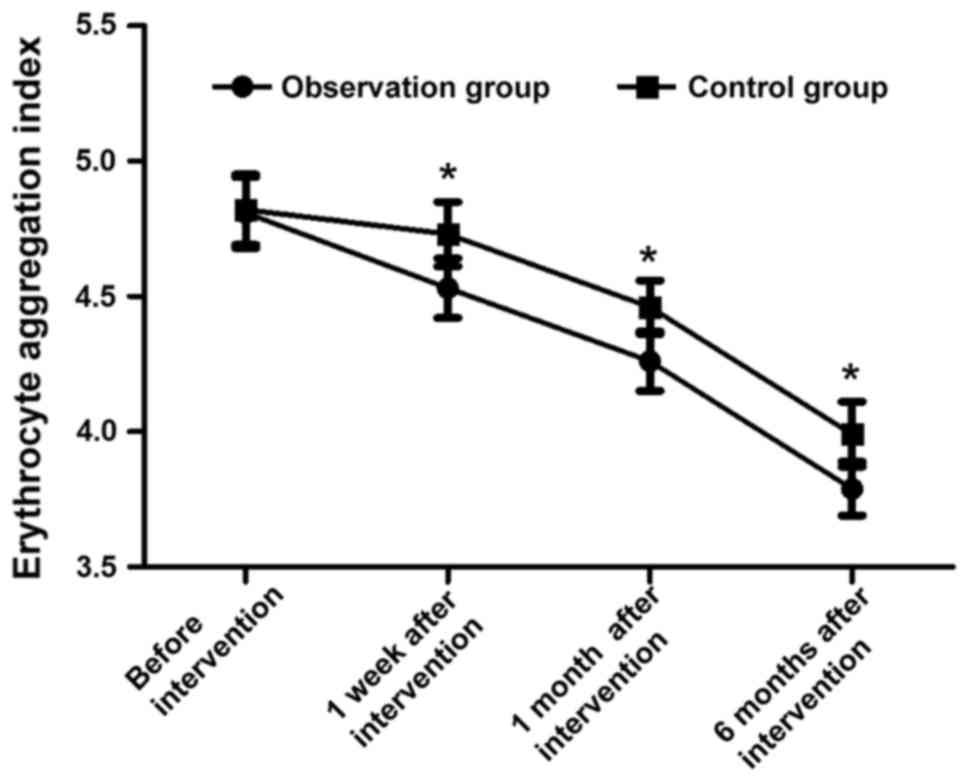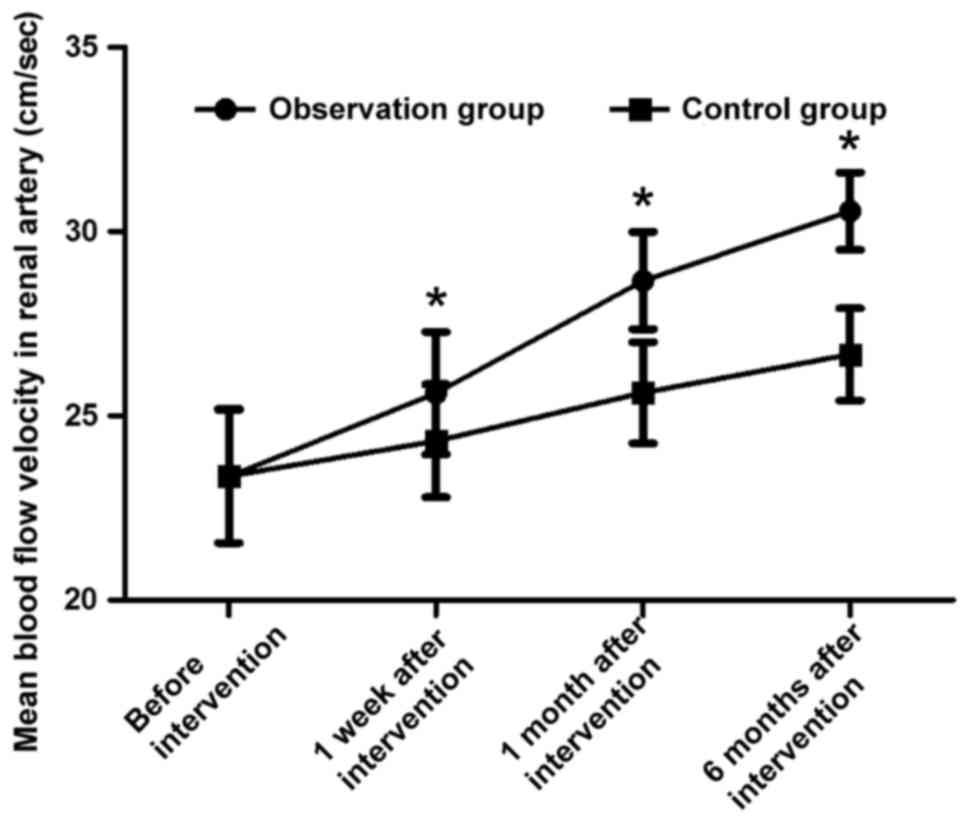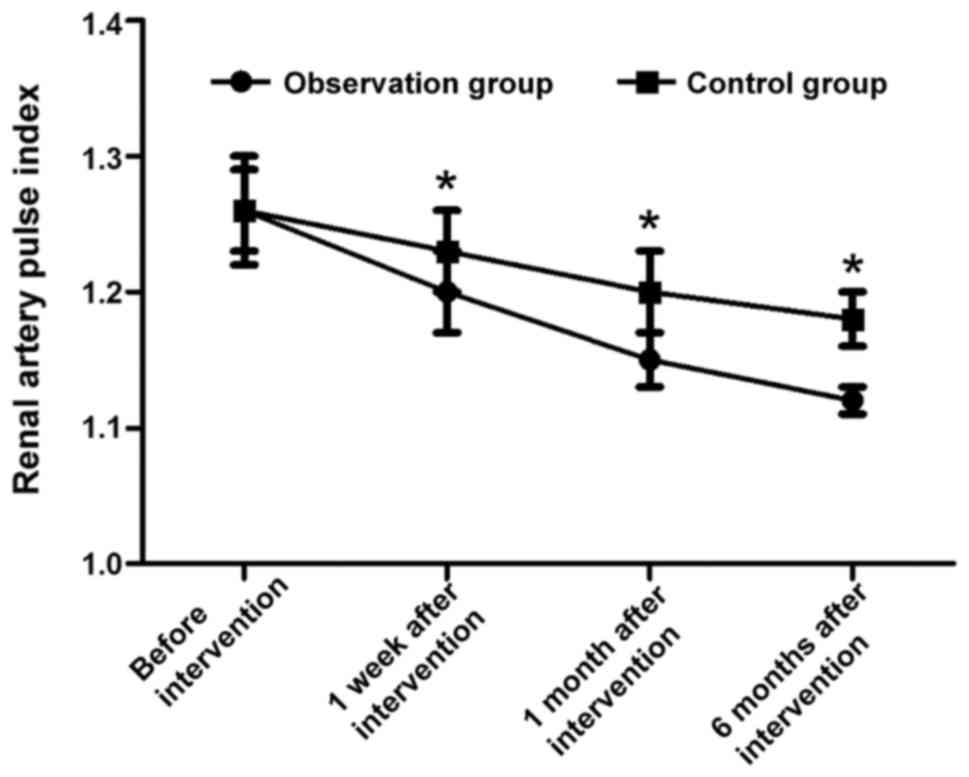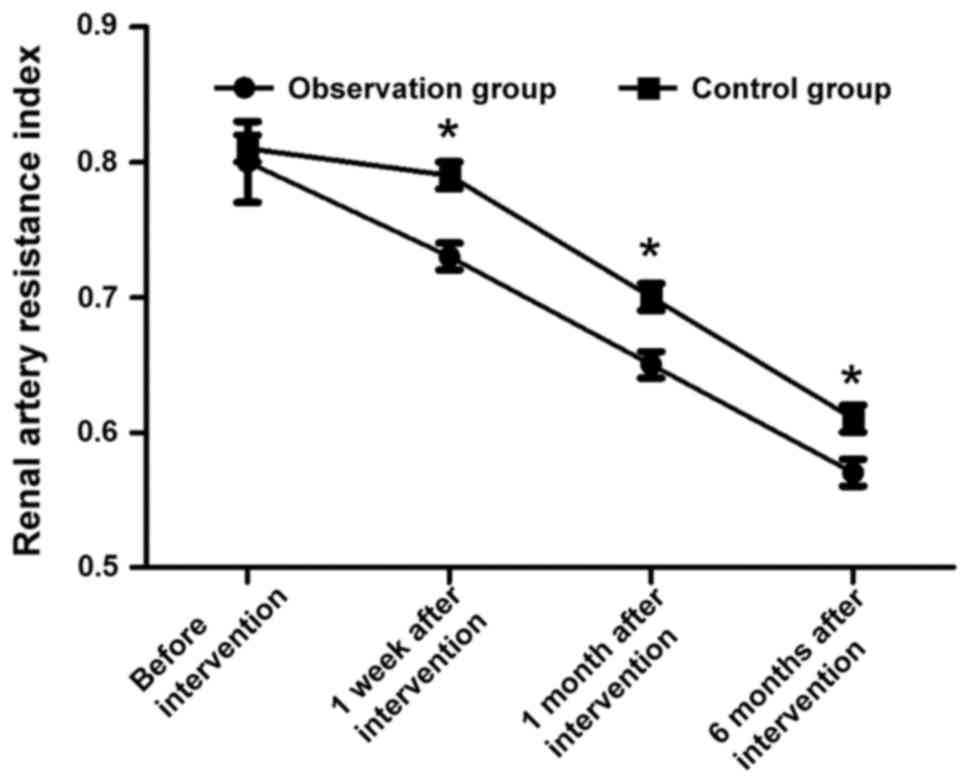|
1
|
Fei YX, Wang SQ, Yang LJ, Qiu YY, Li YZ,
Liu WY, Xi T, Fang WR and Li YM: Salvia miltiorrhiza Bunge
(Danshen) extract attenuates permanent cerebral ischemia through
inhibiting platelet activation in rats. J Ethnopharmacol.
207:57–66. 2017. View Article : Google Scholar : PubMed/NCBI
|
|
2
|
Bi X, Zhang K, He L, Gao B, Gu Q, Li X,
Chen J and Wang J: Synthesis and biological evaluation of
tanshinone IIA derivatives as novel endothelial protective agents.
Future Med Chem. 9:1073–1085. 2017. View Article : Google Scholar : PubMed/NCBI
|
|
3
|
Sha J, Sui B, Su X, Meng Q and Zhang C:
Alteration of oxidative stress and inflammatory cytokines induces
apoptosis in diabetic nephropathy. Mol Med Rep. 16:7715–7723. 2017.
View Article : Google Scholar : PubMed/NCBI
|
|
4
|
Murata Y, Sugi T, Weiss LM and Kato K:
Identification of compounds that suppress Toxoplasma
gondiitachyzoites and bradyzoites. PLoS One. 12:e01782032017.
View Article : Google Scholar : PubMed/NCBI
|
|
5
|
Endo K, Miyashita Y, Sasaki H, Ohira M,
Saiki A, Koide N, Otsuka M, Oyama T, Takeyoshi M, Ito Y, et al:
Probucol delays progression of diabetic nephropathy. Diabetes Res
Clin Pract. 71:156–163. 2006. View Article : Google Scholar : PubMed/NCBI
|
|
6
|
Ojha S, Balaji V, Sadek B and Rajesh M:
Beneficial effects of phytochemicals in diabetic retinopathy:
Experimental and clinical evidence. Eur Rev Med Pharmacol Sci.
21:2769–2783. 2017.PubMed/NCBI
|
|
7
|
Qin YL, Chen L, He W, Su M, Jin Q, Fang Z,
Ouyang PK and Guo K: Continuous synthesis and anti-myocardial
injury of tanshinone IIA derivatives. J Asian Nat Prod Res. 8:1–9.
2017.
|
|
8
|
Yao NW, Lu Y, Shi LQ, Xu F and Cai XH:
Neuroprotective effect of combining tanshinone IIA with low-dose
methylprednisolone following acute spinal cord injury in rats. Exp
Ther Med. 13:2193–2202. 2017. View Article : Google Scholar : PubMed/NCBI
|
|
9
|
Chen PX, Zhang YL, Xu JW, Yu MH, Huang JH,
Zhao L and Zhou WL: Sodium tanshinone IIA sulfonate stimulated
Cl-secretion in mouse trachea. PLoS One. 12:e01782262017.
View Article : Google Scholar : PubMed/NCBI
|
|
10
|
Li X, Li Z, Li X, Liu B and Liu Z:
Mechanisms of Tanshinone IIA inhibits malignant melanoma
development through blocking autophagy signal transduction in A375
cell. BMC Cancer. 17:3572017. View Article : Google Scholar : PubMed/NCBI
|
|
11
|
Chen F, Li H, Zhu G, Chen X and Tang Z:
Sodium tanshinone IIA sulfonate improves inflammation, aortic
endothelial cell apoptosis, disseminated intravascular coagulation
and multiple organ damage in a rat heat stroke model. Mol Med Rep.
16:87–94. 2017. View Article : Google Scholar : PubMed/NCBI
|
|
12
|
Tang LM, Wang LX, Wang ZY, Sun LF, Pan XD
and Pan GQ: Tanshinone IIA ameliorates lead (Pb)-induced cognitive
deficits and oxidative stress in a rat pup model. Bratisl Lek
Listy. 118:196–201. 2017.PubMed/NCBI
|
|
13
|
Parthasarathy S, Young SG, Witztum JL,
Pittman RC and Steinberg D: Probucol inhibits oxidative
modification of low density lipoprotein. J Clin Invest. 77:641–644.
1986. View Article : Google Scholar : PubMed/NCBI
|
|
14
|
Endo K, Miyashita Y, Sasaki H, Ebisuno M,
Ohira M, Saiki A, Koide N, Oyama T, Takeyoshi M and Shirai K:
Probucol and atorvastatin decrease urinary
8-hydroxy-2′-deoxyguanosine in patients with diabetes and
hypercholesterolemia. J Atheroscler Thromb. 13:68–75. 2006.
View Article : Google Scholar : PubMed/NCBI
|
|
15
|
Ma J, Zhao S, Gao G, Chang H, Ma P and Jin
B: Probucol protects against asymmetric dimethylarginine-induced
apoptosis in the cultured human brain microvascular endothelial
cells. J Mol Neurosci. 57:546–553. 2015. View Article : Google Scholar : PubMed/NCBI
|
|
16
|
Mooranian A, Negrulj R, Arfuso F and
Al-Salami H: Multicompartmental, multilayered probucol
microcapsules for diabetes mellitus: Formulation characterization
and effects on production of insulin and inflammation in a
pancreatic β-cell line. Artif Cells Nanomed Biotechnol.
44:1642–1653. 2016. View Article : Google Scholar : PubMed/NCBI
|
|
17
|
Zhong JK, Guo ZG, Li C, Wang ZK, Lai WY
and Tu Y: Probucol alleviates atherosclerosis and improves high
density lipoprotein function. Lipids Health Dis. 10:2102011.
View Article : Google Scholar : PubMed/NCBI
|
|
18
|
Santos DB, Peres KC, Ribeiro RP, Colle D,
dos Santos AA, Moreira EL, Souza DO, Figueiredo CP and Farina M:
Probucol, a lipid-lowering drug, prevents cognitive and hippocampal
synaptic impairments induced by amyloid β peptide in mice. Exp
Neurol. 233:767–775. 2012. View Article : Google Scholar : PubMed/NCBI
|
|
19
|
Braun A, Zhang S, Miettinen HE, Ebrahim S,
Holm TM, Vasile E, Post MJ, Yoerger DM, Picard MH, Krieger JL, et
al: Probucol prevents early coronary heart disease and death in the
high-density lipoprotein receptor SR-BI/apolipoprotein E double
knockout mouse. Proc Natl Acad Sci USA. 100:7283–7288. 2003.
View Article : Google Scholar : PubMed/NCBI
|
|
20
|
Yakushiji E, Ayaori M, Nishida T, Shiotani
K, Takiguchi S, Nakaya K, Uto-Kondo H, Ogura M, Sasaki M, Yogo M,
et al: Probucol-Oxidized products, spiroquinone and diphenoquinone,
promote reverse cholesterol transport in mice. Arterioscler Thromb
Vasc Biol. 36:591–597. 2016. View Article : Google Scholar : PubMed/NCBI
|


















